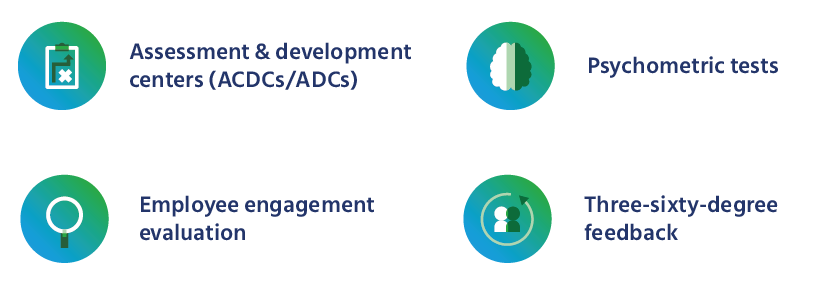The importance of organizational planning extends to how it helps prepare a company to respond to changes in the workplace better. Furthermore, it clarifies the roles, responsibilities and expectations for everyone in the company. Finally, it helps management make sure they’re meeting the determined benchmarks.
Furthermore, organizational planning:
Increases the efficiency of an organization
It focuses on the work and resources of the entire organization, creating a clear and convincing vision that the team and board wish to progress with proper coordination.
Identifies genuine client needs
It involves getting input from clients to guarantee that their requirements are understood and fulfilled. Again, it helps companies expand and enhance their services.
Reveals what not to do
A strategic plan uncovers what an organization needs to quit doing to be more effective and client-focused.
Enables optimum resource utilization
A well-articulated organizational plan shows to the general public, funders and key partners that the company is making the ideal utilization of its assets to the advantage of the clients it serves.
Enhances decision-making
A good organizational plan in business planning reveals what you want to accomplish in the given time frame, what the future holds and what your goals should be.
A robust organizational plan is essential to understanding the:

Case studies to demonstrate the need for organizational planning
Why did Sun Microsystems fail?
Java, one of the best programming languages for development, run in more than 3 billion devices in some form, was introduced by Sun Microsystems in 1995. But did you ever hear about the company thereafter?
Well, Sun Microsystems, the computer startup started constructing high-end servers just as the computer revolution was accelerating. Its Java programming language turned into an industry standard just as the internet arrived, helping make Sun an industry monster by the late 1990s. But the dot-com bust wiped out many of its customers and changed the way organizations meet their technology needs.
Former CEO of Sun Microsystems, Scott McNealy’s loyalty to Sun’s hardware culture scammed its software initiatives and eventually, destined the organization for fading into oblivion.
As PCs (Personal Computers) turned out to be all the more capable, fewer clients required Sun’s costly servers and the company spent most of the decade scaling back and saving. With Sun’s fairly estimated worth, only a fraction of what it had been once, Oracle bought the company later.
Analysis
Software talent is constantly overwhelmed by and made to fill the needs of its hardware rulers. To do what’s depicted above at the right time would have required proactive software leadership inside Sun, someone willing to confront the hardware culture.
McNealy, the one figure who could have given the nod to such an activity, was himself instilled with the hardware culture.
In this case, there was a need for strategic organizational planning to maintain someone at the top position, be it the CEO or other empowered software leaders, aware of the competitors and the changes in the technique an organization needs to work on for success.
The unfortunate case of Motorola
Motorola, the world’s first mobile phone seller dominated the industry in 2003 when it introduced the trendy Razr- one of the largest-selling mobile phones ever. However, the brand failed to focus on futuristic planning around expansion and product upgrades. As a result, it lost its supremacy to competitors like Apple, LG and Samsung.
Analysis
Strategic planning among the concerned officials of the organization, considering all aspects of transformation around the product/industry, would have made the scenario different.









 Behavioral Competencies
Behavioral Competencies Cognitive Competencies
Cognitive Competencies Coding Competencies
Coding Competencies Domain Competencies
Domain Competencies




































Would you like to comment?